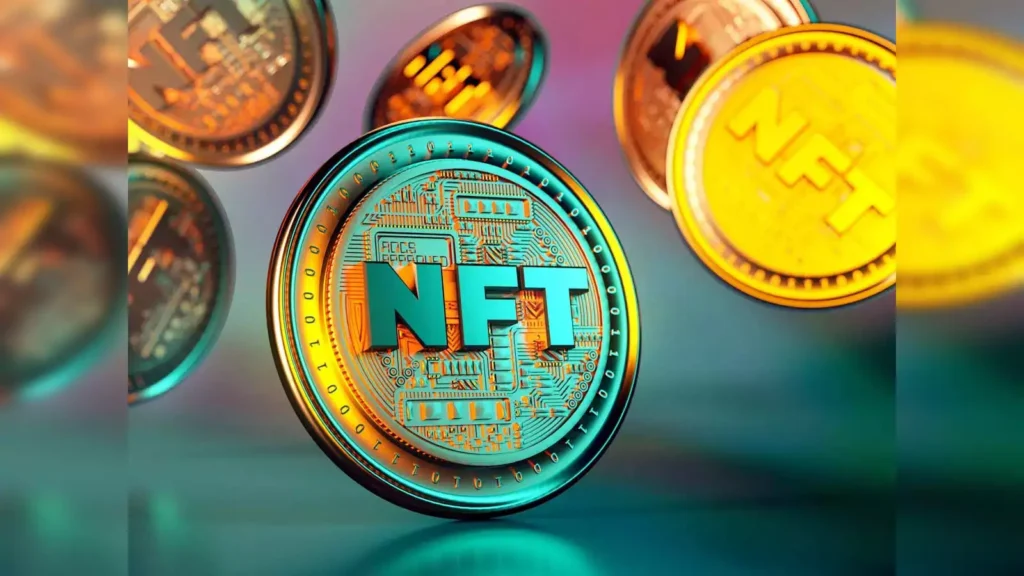Web3 Social Media Is Coming—But Is It Actually Better?
Web3 Social Media: The Buzz, the Promise, and the Big “But”
The noise around Web3 social media is impossible to ignore. It’s got all the right buzzwords: decentralization, ownership, creator economy, privacy. Sounds like a dream. The platforms take on Big Tech, give power to the people, and maybe even pay you to post. What’s not to love?
Well—plenty. Let’s talk about it.
Right now, your content, your audience, and your “influence” all live on someone else’s server. Instagram, X, TikTok—if they don’t like what you post (or who you are), they can yank the rug out at any moment. That’s the reality. Web3 says: not anymore.
Sounds revolutionary. But how much of it is real change—and how much is wishful thinking?


“You Own Your Content”—But At What Cost?
At the heart of Web3 social media is a powerful idea: you own your profile, your posts, and your followers. They’re tied to your wallet, not a platform. Platforms like Lens Protocol and Farcaster don’t own your data—you do.
And yeah, conceptually, it’s radical. You can take your content with you, hop platforms, and retain your audience. In a digital world ruled by closed ecosystems, that’s a big deal.
There’s even token incentives. Some apps reward you with NFTs or tokens just for showing up. But let’s be honest: outside of crypto diehards and niche creator communities, few people care. For the average user, this isn’t freedom—it’s friction.


The User Experience? Still Rough
Let’s cut through the hype: Web3 social apps are clunky. The interfaces are half-baked, onboarding is confusing, and wallet logins are a non-starter for anyone not fluent in blockchain basics.
And discoverability? Don’t even get started. The same algorithms we love to hate on Web2 also happen to make content findable. In Web3, good content often just disappears into the void.
Moderation? Murky at best. Who handles misinformation or hate speech on decentralized networks? Nobody really knows. Some see that as freedom. Others see it as chaos.
Web3’s Biggest Selling Point: Privacy (And It’s Not Wrong)
One area where Web3 really does hit the mark is privacy. In Web2, you are the product. Every like, click, and pause is tracked and monetized. Web3 flips that model—or tries to.
Data stays with the user. Ad models are still being tested. There’s talk of users getting paid to share data on their own terms. It’s not there yet, but it’s the first time the conversation feels like it’s heading in the right direction.
Still, most people aren’t fleeing Facebook over data concerns—they’re there for the memes, events, and birthdays. Idealism alone won’t drive a mass exodus.

So… Is This the Future? Or a Crypto Playground?
If we’re being brutally honest, Web3 social media isn’t ready for primetime. It’s experimental, developer-heavy, and often more ideology than execution.
That said, it is onto something. Ownership, portability, reduced surveillance—those are real issues Web2 has failed to fix. Web3 offers a counter-narrative, and that’s valuable, even if it never scales to TikTok levels.
For now, it’s a space for early adopters and idealists. If you’re tired of algorithm games and data harvesting, jump in. Just don’t expect it to feel finished—because it’s not.

Final Take: Web3 Social Media Has Promise—But Let’s Not Kid Ourselves
Web3 social media wants to rebuild the internet around you. That’s a big swing. But right now, it’s more concept than revolution. It’s not frictionless. It’s not mass-market. And it’s not yet solving problems most users care enough to leave behind their familiar feeds.
Still, if even a fraction of its ideas catch on—less surveillance, more creator power, no more rent-seeking middlemen—it could force Big Tech to evolve.
But until then? Don’t delete your Instagram just yet.
Relevant Link : Here




